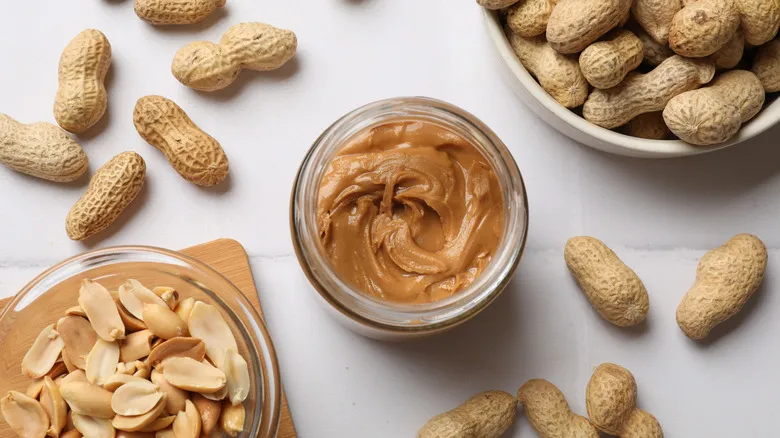Understanding ultra-processed peanut butter

While the true meaning of processed food has become exaggerated, there are valid reasons for concern. When culinary enthusiasts and nutrition experts raise alarms about processed foods, they are typically referring to those that are ultra-processed—a term introduced by Carlos Monteiro, a professor of nutrition and public health at the University of São Paulo in Brazil. As this terminology is still developing, the FDA has not yet defined what qualifies as ultra-processed food. However, it is generally understood to refer to items with numerous added ingredients, many of which are not typically found in home kitchens, and that have undergone significant alterations from their original form. For instance, sweetened or flavored peanut butter may fall into the ultra-processed category.
Sweetened peanut butter is a delightful indulgence that can bring immense joy when enjoyed straight from the jar. While it’s delicious on cakes, desserts, and classic PB&J sandwiches, sweetened peanut butter often contains high amounts of added sugars and saturated fats from ingredients like palm oil—substances linked to an increased risk of diabetes and heart disease. Although research on this topic is still emerging, Medical News Today reports that healthcare professionals across the United States are cautioning against the excessive consumption of ultra-processed foods, including sweetened peanut butter.
Ultimately, it comes down to definitions: natural peanut butter is indeed a processed food, but it is a healthier option. In contrast, those varieties with excessive added ingredients are classified as ultra-processed. Be sure to read nutrition labels and choose a peanut butter that aligns with your dietary needs.
Recommended

What Gives American Cheese Its Iconic Yellow Color?

Why Tomato Sauce Is Prone To Splattering

Spanish Vs Mexican Chorizo: Is There A Difference?

The Important Thing To Look For When Buying Club Soda
Next up

